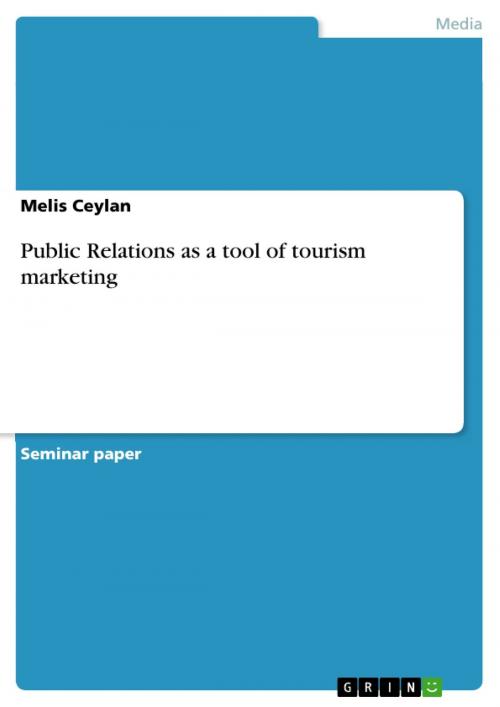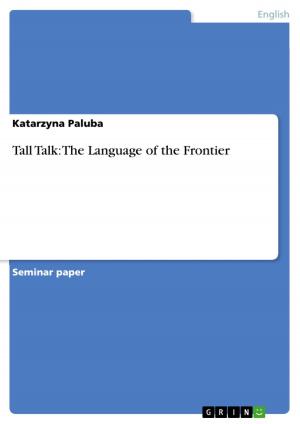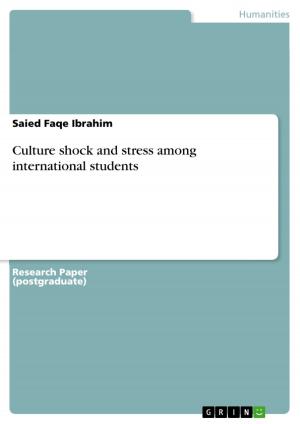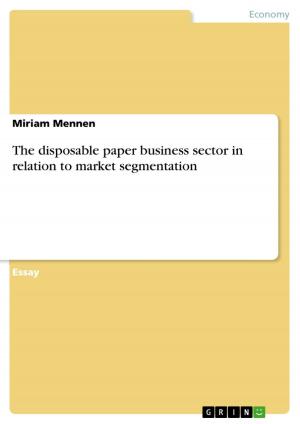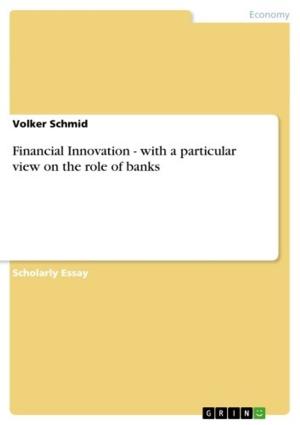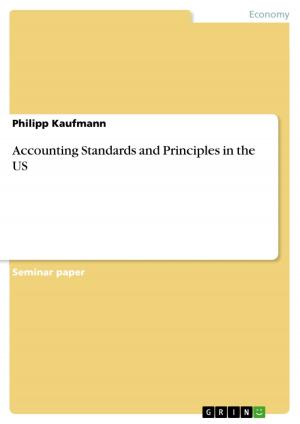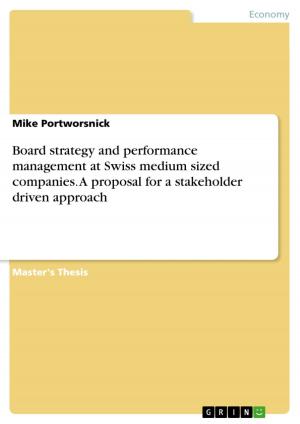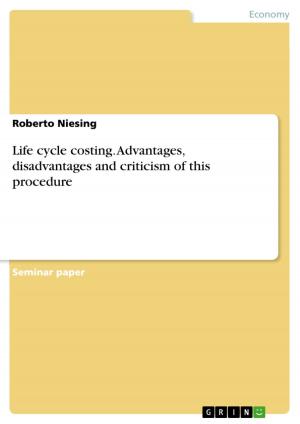| Author: | Melis Ceylan | ISBN: | 9783638006934 |
| Publisher: | GRIN Publishing | Publication: | February 18, 2008 |
| Imprint: | GRIN Publishing | Language: | English |
| Author: | Melis Ceylan |
| ISBN: | 9783638006934 |
| Publisher: | GRIN Publishing |
| Publication: | February 18, 2008 |
| Imprint: | GRIN Publishing |
| Language: | English |
Seminar paper from the year 2007 in the subject Communications - Public Relations, Advertising, Marketing, Social Media, grade: MA, Bournemouth University, course: Public Relations Management, 32 entries in the bibliography, language: English, abstract: INTRODUCTION As a result of globalization, the borders between the countries have started to disappear. The transportation became much more easier compared to the last century, even the last decade. There are many airplanes going to the other end of the world every single day (Business Week, 2005). Moreover, after the foundation of European Union, the permission of free flow of people between the member states; in other words, after the elimination of the borders, people do not prefer to go to their summer houses anymore, but to other countries in their spare times. All of these lead to the growth of the tourism sector. In today's world, there are many kinds of tourism including; business and conference tourism, cultural and historical tourism, sex tourism, health tourism, spa, sports and adventure tourism, event tourism, and space tourism (L'Etang, Falkheimer, Lugo, 2007). In order to attract consumers to various choices in this highly competitive market, there are many marketing and management tools that shall be taken into consideration. The most important of these tools is public relations which play a role in constructing images of locations, activities and identities (Morgan and Pritchard, 2001) which will be discussed further. Public relations' role is not only attracting visitors but also to keep them happy after they arrive (Wilcox, Ault, Agee and Cameron, 2000). Its primary purpose is to: '...effectively support other sales and marketing activities attempting to build up a positive image of a company and its products and services' (Roberts, 1993: 132). Furthermore, another role of public relations is to save money for the organisation by building relations with public that 'constrain or enhance the ability of the organisation to meet its mission' (Grunig, cited in Deuschl, 2006).
Seminar paper from the year 2007 in the subject Communications - Public Relations, Advertising, Marketing, Social Media, grade: MA, Bournemouth University, course: Public Relations Management, 32 entries in the bibliography, language: English, abstract: INTRODUCTION As a result of globalization, the borders between the countries have started to disappear. The transportation became much more easier compared to the last century, even the last decade. There are many airplanes going to the other end of the world every single day (Business Week, 2005). Moreover, after the foundation of European Union, the permission of free flow of people between the member states; in other words, after the elimination of the borders, people do not prefer to go to their summer houses anymore, but to other countries in their spare times. All of these lead to the growth of the tourism sector. In today's world, there are many kinds of tourism including; business and conference tourism, cultural and historical tourism, sex tourism, health tourism, spa, sports and adventure tourism, event tourism, and space tourism (L'Etang, Falkheimer, Lugo, 2007). In order to attract consumers to various choices in this highly competitive market, there are many marketing and management tools that shall be taken into consideration. The most important of these tools is public relations which play a role in constructing images of locations, activities and identities (Morgan and Pritchard, 2001) which will be discussed further. Public relations' role is not only attracting visitors but also to keep them happy after they arrive (Wilcox, Ault, Agee and Cameron, 2000). Its primary purpose is to: '...effectively support other sales and marketing activities attempting to build up a positive image of a company and its products and services' (Roberts, 1993: 132). Furthermore, another role of public relations is to save money for the organisation by building relations with public that 'constrain or enhance the ability of the organisation to meet its mission' (Grunig, cited in Deuschl, 2006).
